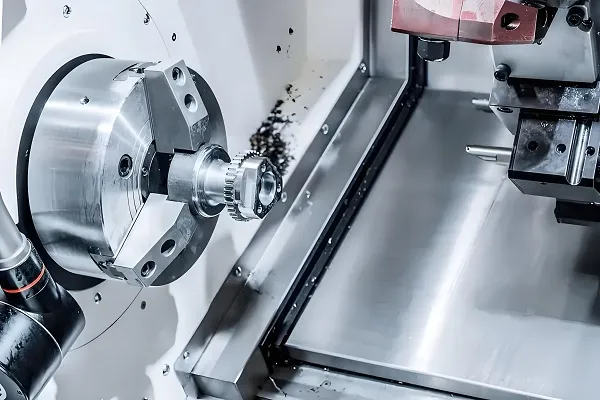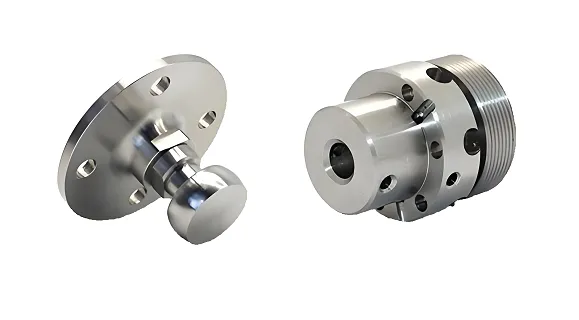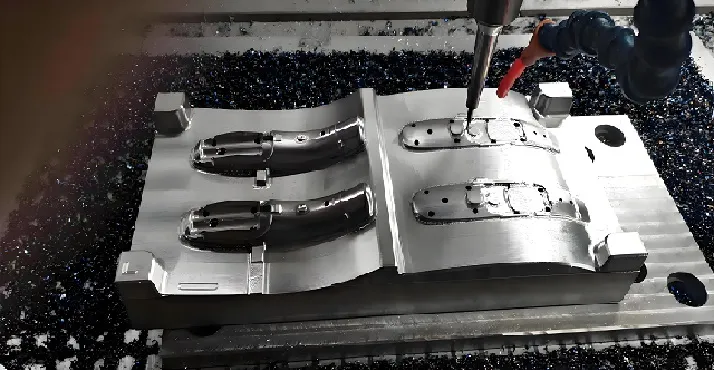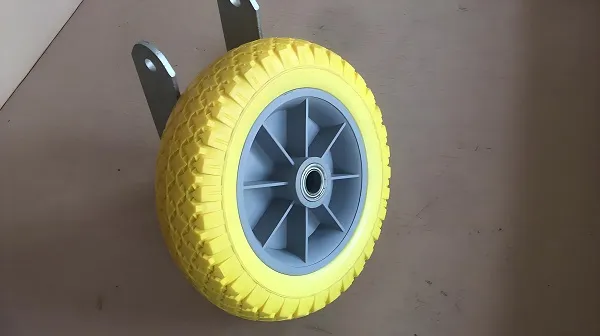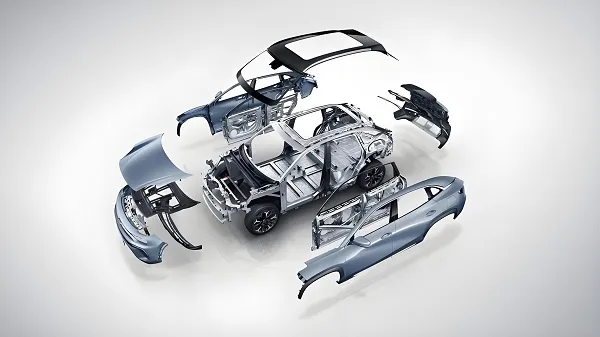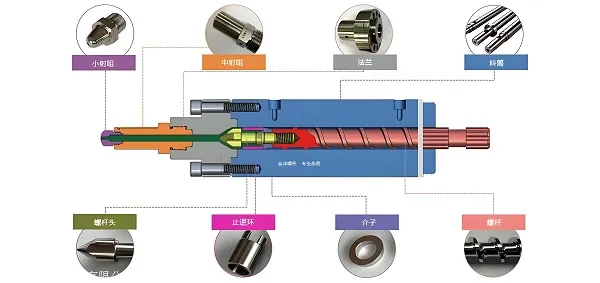Machined parts, also known as machined parts, are parts or components that are manufactured by machining methods. Machining is a process of removing excess parts from raw materials by cutting, grinding, drilling, milling, turning, and other processes to create a part with a specific shape, size, and surface quality. These parts are widely used in various industrial applications including automotive, aerospace, marine, electronics, energy, etc. and play a vital role in these fields.
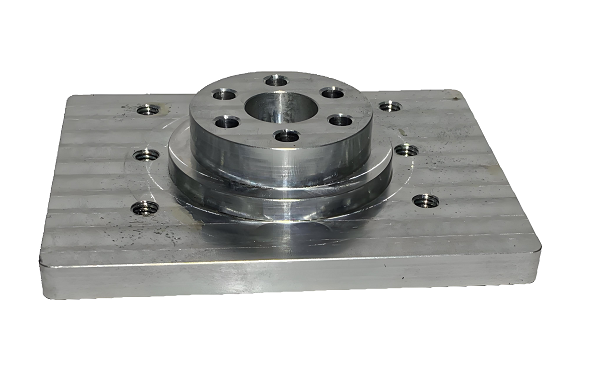
1. Types of Machined Parts
There are many types of machined parts, including but not limited to the following:
Threaded parts: such as screws, nuts, bolts, etc. These parts are threaded to achieve fastening and transmission.
Bearings: mechanical parts that support the rotation of shafts and rotors, reducing friction and transferring forces. Common bearings include rolling bearings, plain bearings, etc.
Gears: Important parts in mechanical transmissions that transfer and transform motion and power. Common gears are spur gears, helical gears, worm gears and so on.
Connecting rod: the reciprocating motion is converted into rotary motion mechanical parts, widely used in internal combustion engines, diesel engines and other equipment.
Cams: mechanical parts that can make oscillating parts produce reciprocating or rotary motion, commonly used in engines, heavy machinery and other equipment.
2.Machining service process
Demand analysis: Communicate with customers to clarify the function, size, precision, material and other requirements of the parts.
Design and Drawing: According to the customer’s needs, carry out three-dimensional modeling and two-dimensional drawing design of the parts.
Process planning: Develop detailed machining process program, including the selection of machining equipment, cutting tools, fixtures, etc.
Material Preparation: Procure or select suitable raw materials and carry out necessary pre-treatment (e.g. heat treatment, cutting, etc.).
Processing and production: Processing and production according to the process program, including roughing, finishing, heat treatment, surface treatment and other links.
Quality Inspection: Use various testing methods (such as size measurement, appearance inspection, performance testing, etc.) to conduct a comprehensive inspection of the parts.
Delivery and acceptance: deliver qualified parts to customers and collect customer feedback.
3. Machined parts metal materials
Stainless steel: excellent corrosion resistance and high mechanical strength, widely used in parts manufacturing that need to withstand corrosive environments and high mechanical stress. Stainless steel includes a variety of types, such as austenitic stainless steel, ferritic stainless steel and martensitic stainless steel, etc. The specific choice depends on the application requirements.
Aluminum alloy: low density, high strength, good thermal conductivity and corrosion resistance, commonly used in the need for lightweight parts manufacturing, such as aerospace, automotive and electronic equipment and other fields.
Titanium alloy: With high strength, low density and good corrosion resistance, it is a key material in fields such as aerospace, medical devices and chemicals. However, titanium alloys are difficult to machine and require special processes and equipment.
Brass: With good machinability and weldability, brass is commonly used to make parts such as valves, pipes and radiators. Brass also has better corrosion and wear resistance, but relatively low strength.
Plastic Materials:
ABS (acrylonitrile-butadiene-styrene copolymer): has good overall performance, such as mechanical strength, impact resistance and processing performance, widely used in automotive, electronics, home appliances and other fields.
Nylon (polyamide): with high strength, high abrasion resistance and good self-lubricating properties, commonly used in the manufacture of bearings, gears and transmission components and other parts that need to withstand greater loads and friction.
POM (Polyoxymethylene): with excellent wear resistance, rigidity and fatigue resistance, it is an ideal material for manufacturing precision parts such as gears, bearings and cams.
Specialty Materials:
CERAMICS: Excellent performance in high temperature and corrosive environments, such as high hardness, high wear resistance and high chemical stability. Ceramic materials are commonly used to manufacture parts such as furnace tubes, chemical equipment and high-temperature bearings.
Composite materials: made by combining two or more materials with different properties through physical or chemical methods, they have excellent comprehensive performance. Composite materials are widely used in aerospace, automotive and sports equipment.
When selecting materials for machined parts, it is necessary to comprehensively consider factors such as the environment in which the parts are used, performance requirements, processing difficulty and cost. For example, parts operating in high-temperature environments may require the selection of materials that are resistant to high temperatures; in parts subjected to large loads, materials with high strength and high wear resistance need to be selected; and in applications that require lightweighting, materials with lower density may be preferred. In addition, it is also necessary to consider the processing performance and cost-effectiveness of the material to ensure that the selected material can meet the processing requirements and have a good economy.
4. Machining Technology Advantages
Machining parts services have the following technical advantages:
High precision: Using advanced CNC equipment and processes for manufacturing, extremely high machining accuracy can be achieved to meet the needs of precision parts.
High efficiency: compared with the traditional manual processing methods, machined parts can significantly improve productivity and shorten the production cycle.
Versatility: The variety of machining methods can respond to a variety of complex shapes and structural requirements, providing a wide range of solutions for a variety of industrial fields.
Repeatability: Machining is highly repeatable and can maintain efficient processing quality and stability over time.
Cost Effectiveness: Although the initial investment in machining equipment may be high, its efficient production capacity and high quality product output can significantly reduce production costs in the long run.
5. Application areas of machining technology
Aerospace: introduce the application of machining technology in the manufacture of key components such as aviation engines and airframe structures.
Automobile manufacturing: analyze the importance of machining technology in the manufacture of automobile engine, transmission system, body and other components.
Electronic information: discuss the application of machining technology in precision electronic components, semiconductor packaging and other fields.
Other fields: briefly describe the application of machining technology in medical equipment, mold manufacturing, energy equipment and other fields.
Machined Parts FAQ
Q1: What materials are commonly used for machined parts?
A1: Commonly used materials for machined parts include metal materials (e.g. stainless steel, aluminum alloy, titanium alloy, brass, etc.), plastic materials (e.g. ABS, nylon, POM, etc.), and special materials (e.g. ceramics, composite materials, etc.). When choosing materials, you need to consider the use of the environment, performance requirements, processing difficulty and cost and other factors.
Q2: What are the advantages of CNC machining over traditional machining?
A2: CNC machining has the advantages of high precision, high efficiency and high flexibility. By controlling the machine tool through programming, it is possible to realize the machining of parts with complex shapes and precision requirements, while reducing human error and improving productivity and product quality.

